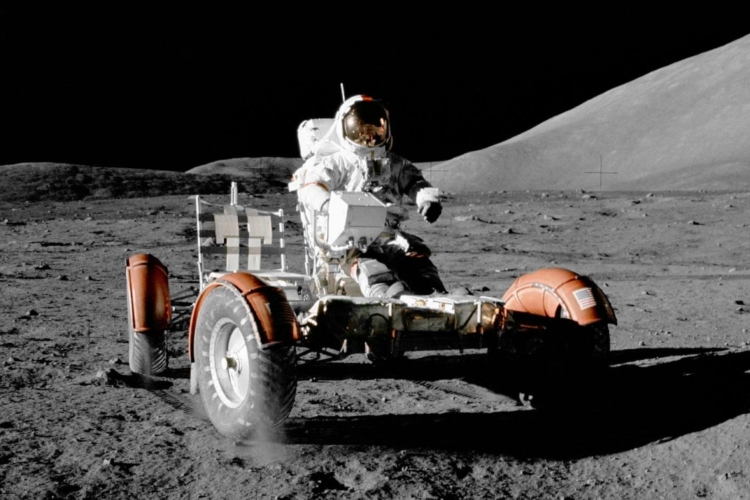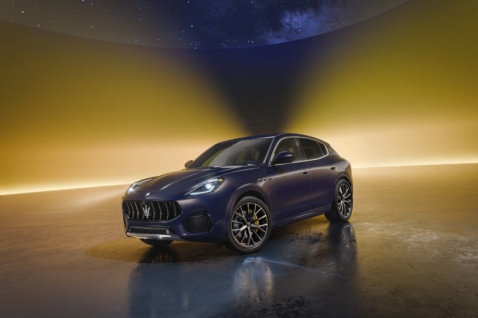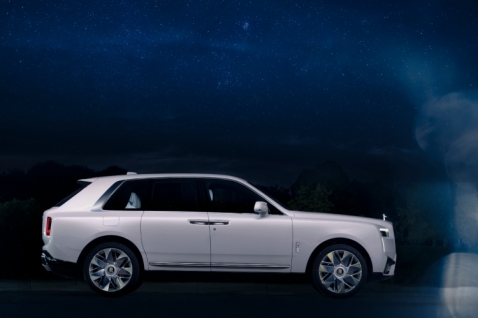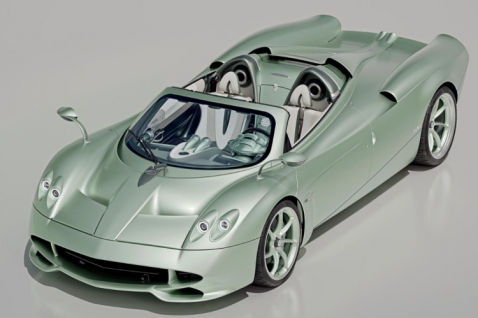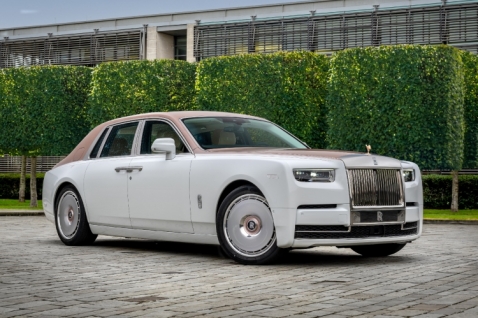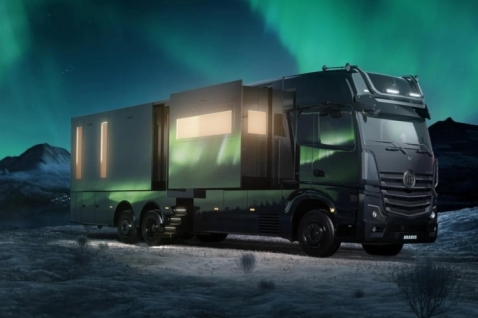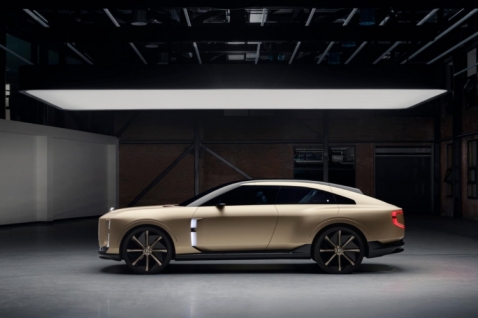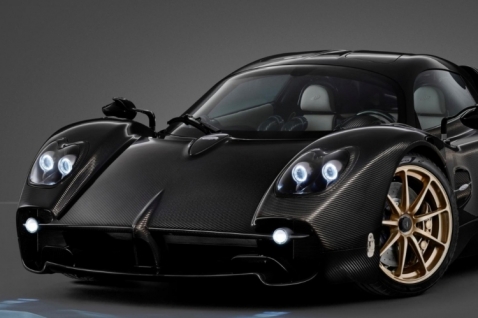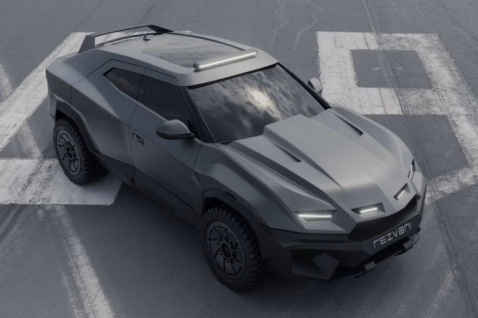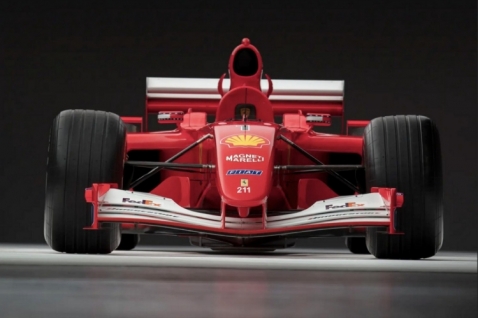Forget Bugatti, Ferrari, or Koenigsegg — the most expensive car ever made doesn’t roar through the streets of Monaco or sit in a billionaire’s private garage. Instead, it quietly gathers lunar dust, nearly 384,000 kilometers away from Earth.
That’s right — the world’s priciest car is actually the Moon Buggy, officially known as the Lunar Roving Vehicle (LRV), developed for NASA’s Apollo 15, 16, and 17 missions. According to data from Xataka, the cost of a single LRV in today’s dollars exceeds $281 million — and only four units were ever produced. When you factor in the cost of transporting it to the Moon, the final price tag skyrockets.
For context: in 2022, Bugatti delivered 80 Chirons at around $3 million each — meaning Bugatti’s entire annual revenue from that model was still less than the value of one Moon Buggy.
Developed by Boeing and General Motors (via Delco Electronics), the LRV had to withstand extreme lunar conditions: temperatures ranging from –173°C to +127°C, a vacuum with no atmosphere, and gravity just one-sixth that of Earth. It also had to be lightweight (under 230 kg) and compact enough to fold and fit inside the lunar module.
Though it may resemble a futuristic golf cart, the Moon Buggy was a true beast in lunar terms. It featured four independent electric motors (one per wheel), was powered by non-rechargeable silver-zinc-potassium hydroxide batteries, and had a foldable aluminum chassis. With a payload capacity of up to 490 kg, it could carry astronauts, tools, and rock samples — all while cruising at a max speed of 13 km/h, which is more than enough under reduced gravity.
Its wheels were a technological marvel: made from woven zinc-coated wire mesh with titanium treads, they ensured the vehicle wouldn’t sink into the powdery lunar surface (regolith). Meanwhile, gyroscopes and wheel rotation counters acted as navigational aids — since GPS, of course, doesn’t exist on the Moon.
It might lack carbon fiber seats, an infotainment system, or parking sensors, but the Moon Buggy has something no other car can claim: a permanent parking spot on the Moon. Of the four built, three remain on the lunar surface, silent witnesses to one of humanity’s greatest technological achievements. The fourth was used for testing and training back on Earth.
Unlike the $3.4 million Pagani Huayra or the $5.5 million Bugatti Divo, the Moon Buggy has no market value — it is priceless. It symbolizes human curiosity, ambition, and the ability to push beyond all known limits. While hypercars race to break records at Nürburgring, the LRV remains the only vehicle in history to have gone farther — to another world.
So next time someone shows off their brand-new Ferrari or Bugatti, you can calmly reply:
"Nice… but my favorite is parked on the Moon."

